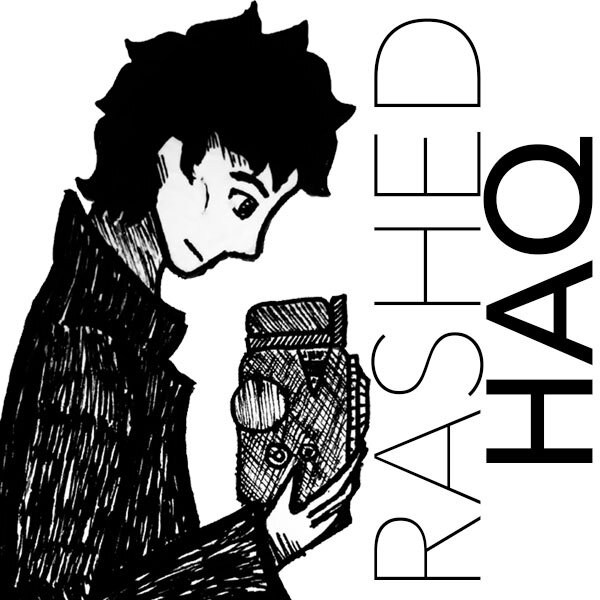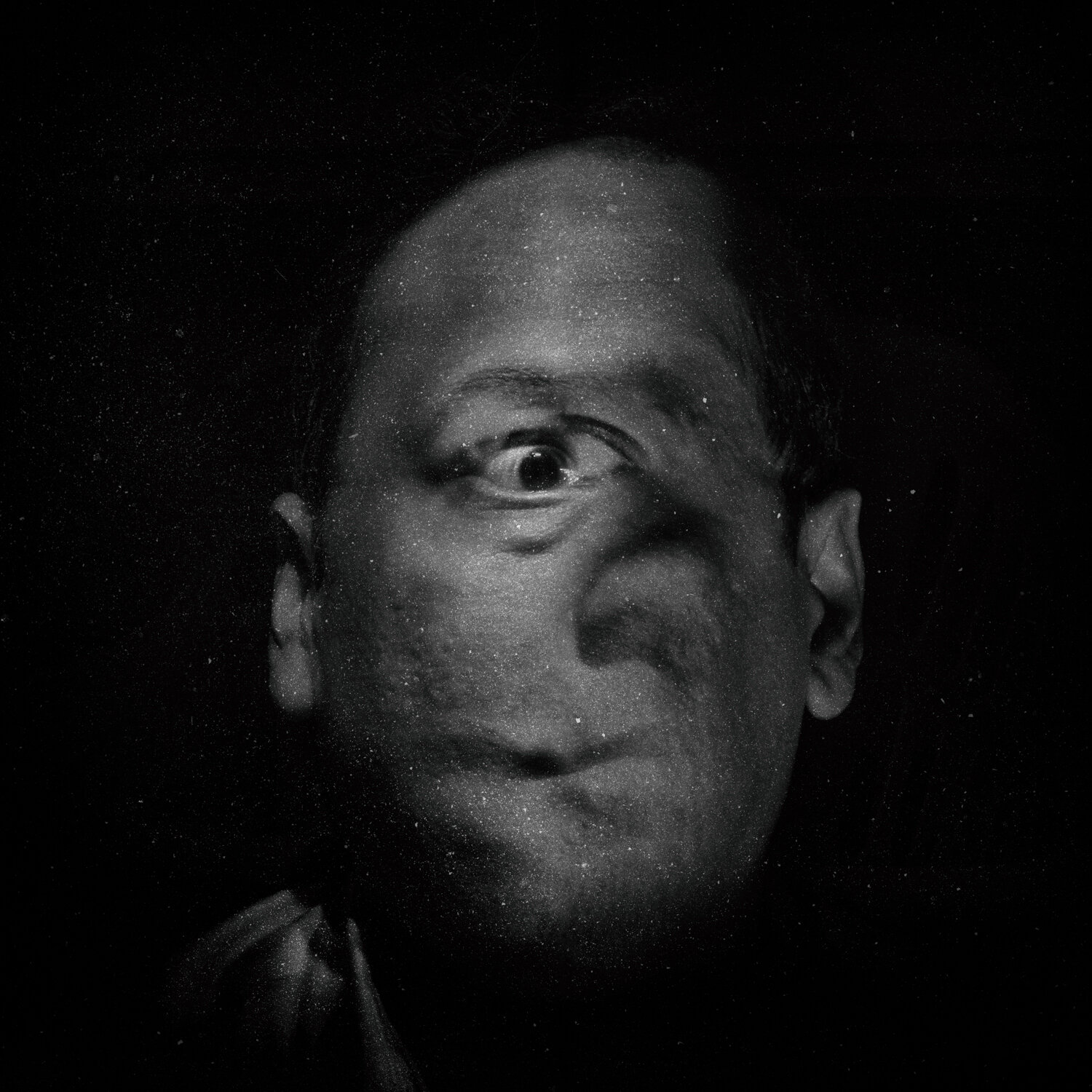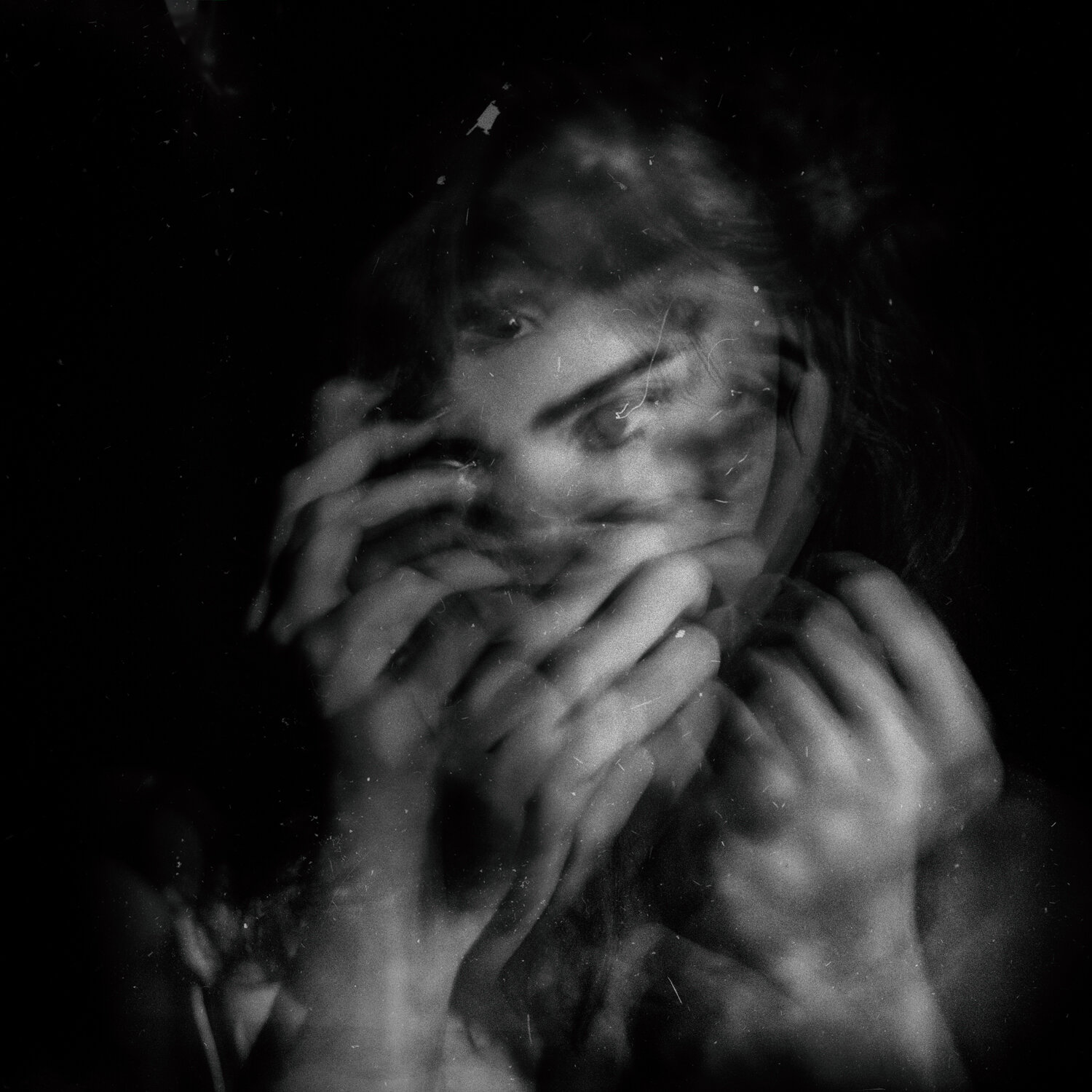Altered Eigenstates
eigenstate: (n) derived from the German word "eigen", meaning "inherent" or "characteristic", an eigenstate is the measured internal state of an object possessing quantifiable characteristics
In our technology-driven society, we have access to greater information and more choices in how we live than in the past. While there are advantages to this, each of us is forced to digest more complex ideas and interact with increasingly complicated systems and networks. This complexity is growing exponentially, catalyzed by the combinatorial innovation of today’s emerging technologies. While some people are adept at dealing with this change, ever greater numbers are struggling to cope with mental and emotional health challenges in part due to the pressures from these changes.
In this project I explore the psychological spaces that many of us sometimes inhabit, from calm to unsettled, in our overwhelming environments. Like the paintings of Francis Bacon, these images attempt to pare down the complexities of human existence and look behind the facade for the dual energy of pain and ecstasy that simmer underneath.
The subjects in the photographs are contacted via social media or through acquaintances, and invited to collaborate on the project. The resulting images are created by working blind in a completely dark studio. Light is poured by hand, as if using a paint brush, to illuminate and paint the subjects. This process enables chance to play a role in the collusion of darkness and light to unmask the subjects’ internal states into a multidimensional likeness of the subject, while simultaneously frustrating our confidence in reading the deconstructed portrait as a traditional image of the sitter.
The image titles are created using artificial intelligence to reflect the increasing complexity of our lives. The AI algorithm looks at the final image and develops a prose poem to share its computationally derived impression of the photograph.
the cross appeared in the dark with a stone
raised his head like a child at the grave
the stream of shadows gliding in the darkness
we are all tremendously sure there is no way of seeing anything
the old time she stood in the shade
a battle with her own soul
the beating of a silver branch
the dead in the light of the stars
god of old men and priests
I don’t think I can see you for a long time
hanging a piece of other women
fell up and down in the dark
face of the lover that did not win
world of strange constant spirits
woman in a boat of the dead
memories of indolent sounds
the hand of the time is so strange_
I had no idea what was necessary
the wall began to be stained
lost in the waters shadow
“Rashed’s images have the unsettling effect of cubist paintings or work by Joel-Peter Witkin. Exaggerating features, he sees plasticity in the human face, molding and shaping it like clay to create the stuff of nightmares.”
— Felicia Feaster, Atlanta Journal-Constitution
“The first mechanical mind that could be said to possess a soul was a program that wasn’t housed in a shell that did anything impressive at all. It told stories based on pictures. It was created as a deep-learning neural network, a disembodied, simulated brain constructed out of electrons flowing between minuscule switches pursuant to a contract drafted by the laws of a programming language. The program learned to recognize objects from images, to look up what they meant on the ethereal network from strangers, to construct the web of associations whose interplay, collectively, we call culture.”
— Ken Liu, in Tales of Our Time




















